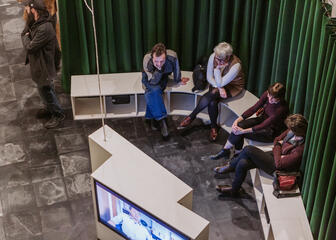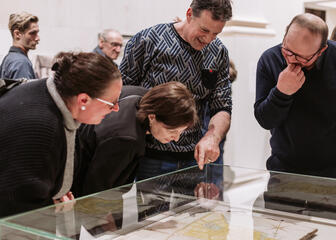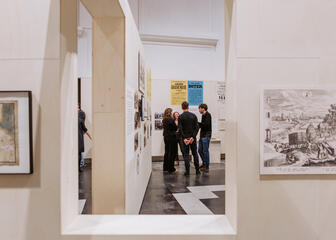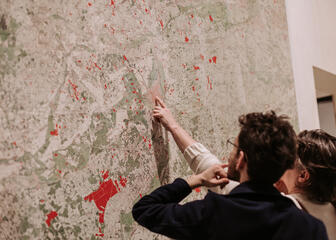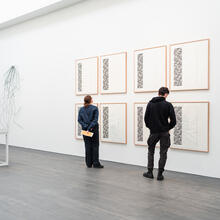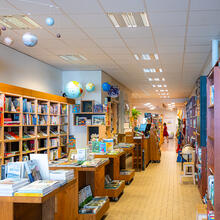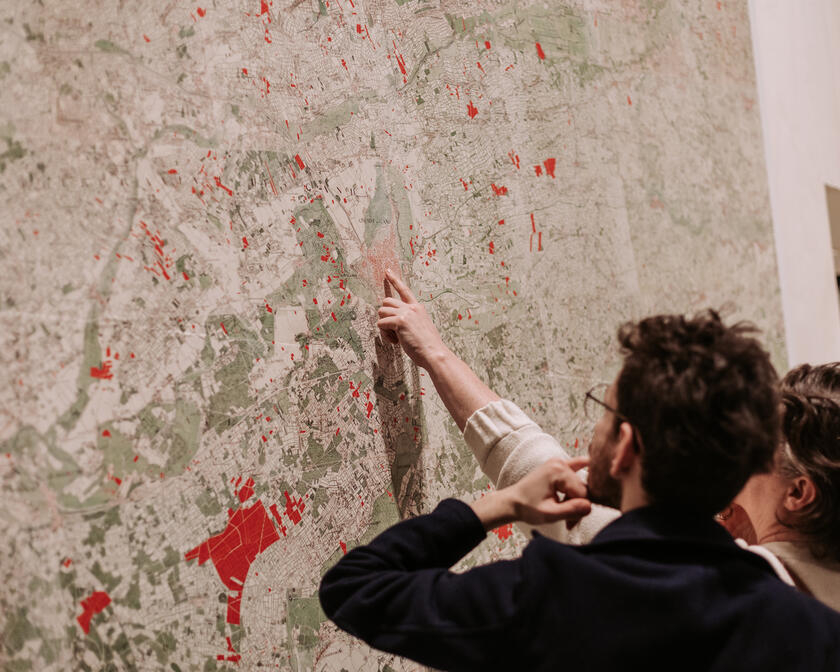
In the thirteenth century, wealthy citizens of Ghent, abbeys and hospitals came into possession of land outside the city walls. The hospitals needed these lands to sustain them financially and to feed the poor and the sick. In the twentieth century radical changes took place in the agricultural sector as a result of the city’s expansion, the development of the port and the construction of motorways. The new Public Centre for Social Welfare (OCMW) and the social policy also contributed to this evolution, as food distribution was no longer necessary. Some of Ghent’s agricultural lands were sold and some fell into oblivion.
This exhibition highlights this chapter of Ghent’s history with the help of maps, paintings, illustrations, photographs, film footage and extraordinary objects. It also questions the future of these lands.
